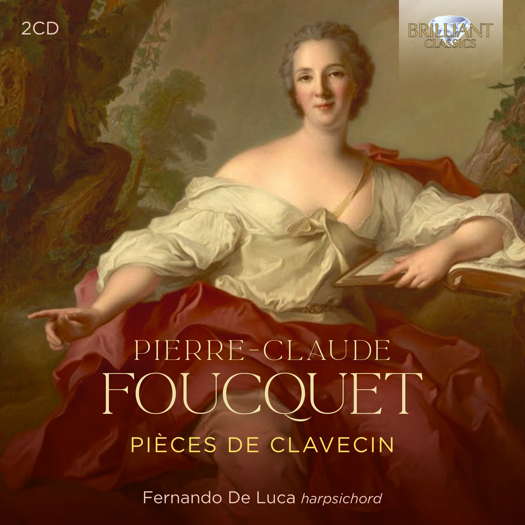 DISCUSSION: John Dante Prevedini leads a discussion about Composers, individuals or collective?, including contributions from David Arditti, Halida Dinova, Robert McCarney and Jane Stanley.
DISCUSSION: John Dante Prevedini leads a discussion about Composers, individuals or collective?, including contributions from David Arditti, Halida Dinova, Robert McCarney and Jane Stanley.
- Britten Theatre
- Gilberto Mendes
- Samuel Adams
- Novello
- Warner Classics
- Kreutzer Quartet
- Chopin: Etude in E Op 10 No 3
- Roudaki Foundation
 DISCUSSION: What is a work? John Dante Prevedini leads a discussion about The performing artist as co-creator, including contributions from Halida Dinova, Yekaterina Lebedeva, Béla Hartmann, David Arditti and Stephen Francis Vasta.
DISCUSSION: What is a work? John Dante Prevedini leads a discussion about The performing artist as co-creator, including contributions from Halida Dinova, Yekaterina Lebedeva, Béla Hartmann, David Arditti and Stephen Francis Vasta.

Exquisitely Descriptive Music
GERALD FENECH warmly recommends harpsichord music by Pierre-Claude Foucquet
'... renditions of the utmost brilliance ...'
Pierre-Claude Foucquet (1694-1772) was a French organist and harpsichordist. He was born in Paris to a well-known family of musicians. At age eighteen, he was appointed as the organist of Saint Honoré Church in Paris, and this appointment led to Foucquet being installed as an organist in several important churches: the Royal Abbey of St Victor, later destroyed during the French Revolution, the St Eustache Church, the Chapel Royal where he succeeded Francois d'Agincourt (1788) and the Notre Dame Cathedral.
In his three books of harpsichord works one can hear the influences of the French clavecinistes tradition, with its emphasis on ornamentation, rhythmic vitality and stylized dance forms. At the same time, the composer's unique voice emerges, characterized by inventive harmonic progressions and a penchant for melodic lyricism.
Brilliant Classics has revived the names of many composers from obscure corners of history. Few of them have been as buried by the past as Foucquet, yet anyone listening to this first complete recording of his music for harpsichord will surely wonder why.
Listen — Foucquet: La Nanette (Pièces de Clavecin Book 3)
(96772 CD2 track 5, 0:01-0:56) ℗ 2024 Brilliant Classics :
Three volumes survive: two books of 'Pièces de Clavecin' and a third entitled 'Les Caractères de la Paix'. This was the first to be published in 1749, and in doing so, he was following in a distinguished family line, as his father and grandfather both were organists at Saint-Eustache. Foucquet must have been a highly talented organist and improviser in the French tradition, and this latter gift is abundantly and delightfully preserved by the character pieces which make up these suites. Indeed, they belong to the same tradition as those of Couperin, d'Anglebert and Rameau, but they have a palette of colour and a dramatic imagination of their own.
The third movement of 'Caractères de la Paix' is titled 'Le Feu' and it really sets the instrument alight with pounding explosions and ribbons of flame, demanding all the resources of both instrument and interpreter at full stretch.
Listen — Foucquet: Le Feu (Les Caractères de la Paix)
(96772 CD1 track 3, 0:00-0:54) ℗ 2024 Brilliant Classics :
From 1751 and 1758 respectively, the second and third books are hardly less pictorial - vivid representations of chickens and champagne, of figures lamenting and working and praying in a gallery of probably real people whose names are now lost to us but whose personality lives on in the keyboard music of French composers of the time.
This album is a notable addition to the Brilliant Classics discography of Italian harpsichordist Fernando de Luca, which includes complete surveys of other unfamiliar names from the time such as Jollage, Moyreau and Dufour. Played on a French harpsichord after Blanchet (1754) built by C Caponi (1985), De Luca regales us with renditions of the utmost brilliance and his advocacy for this music is simply overwhelming. Indeed, his natural virtuosity allows him to bring to the surface all the nuances of these scores with telling expressiveness.
Listen — Foucquet: La Landella (Pièces de Clavecin Book 2)
(96772 CD1 track 19, 5:46-6:36) ℗ 2024 Brilliant Classics :
This is exquisitely descriptive music that should bring much joy and pleasure to all music lovers in general, particularly to the many harpsichord enthusiasts who consider this instrument as a thing of beauty. Sound and presentation are first-rate. Warmly recommended, albeit with a little caution.
Copyright © 2 April 2024
Gerald Fenech,
Gzira, Malta



